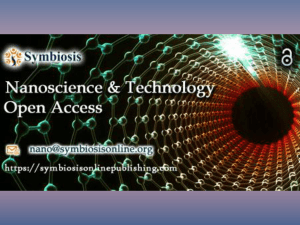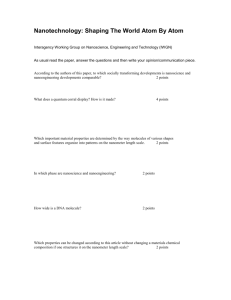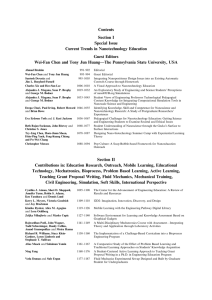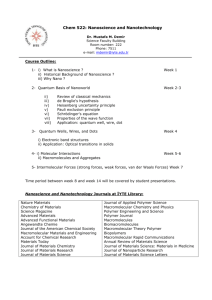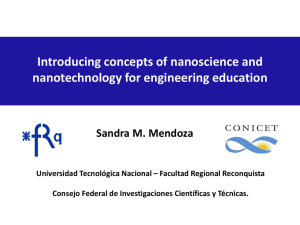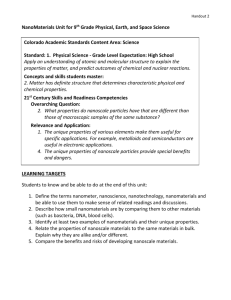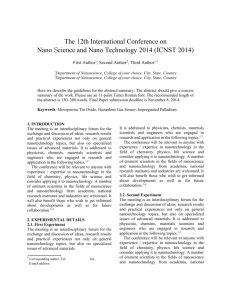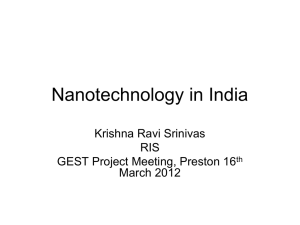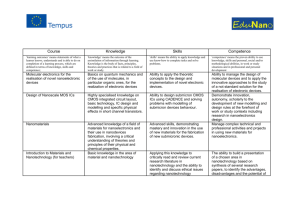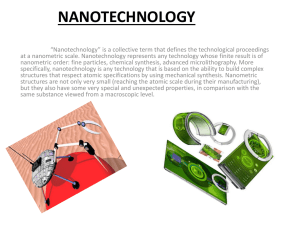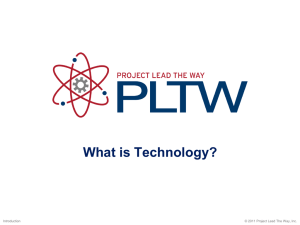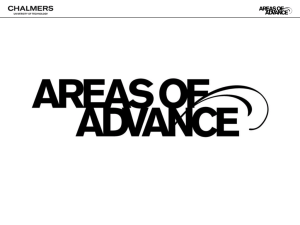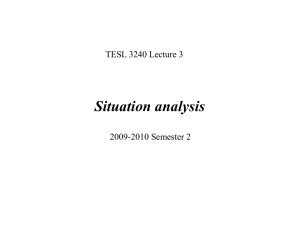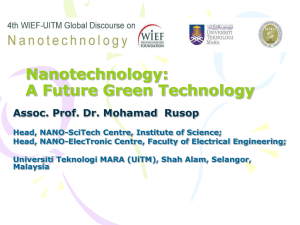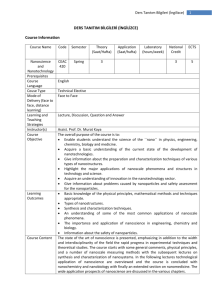Promoting responsible innovation: constructive technology
advertisement
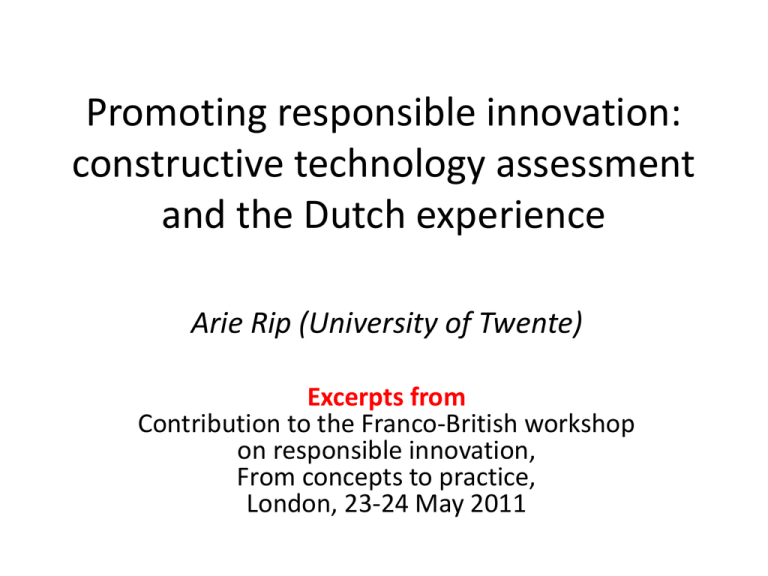
Promoting responsible innovation: constructive technology assessment and the Dutch experience Arie Rip (University of Twente) Excerpts from Contribution to the Franco-British workshop on responsible innovation, From concepts to practice, London, 23-24 May 2011 Responsible innovation • An open, unspecific term (concept) -but forceful, RESPONSIBLE exactly because it is open ended (sounds INNOVATION oftengood, not aboutimplications) innovation, can be referred to, no immediate but about • But tensions which can lead to contestation: development of ST • Responsible innovation vs. responsible innovation • Research Councils UK, Grand Challenges: Ageing: life-long health and wellbeing, vs. NanoScience through Engineering to Application. • Refer to different “grand narratives”: “responding to societal needs” vs. “competing by exploiting technoscientific opportunities” • The latter is ‘responsible’ when attention is paid to HES and ELSA? National Research Council (2006), A Matter of Size. Triennial Review of the National Nanotechnology Initiative, p. 73 • Responsible development of nanotechnology can be characterized as the balancing of efforts to maximize the technology’s positive Consequentialist contributions and minimize its negative ethics consequences. (..) • It implies a commitment to develop and use technology to help meet the most pressing human and societal needs, while making every reasonable effort to anticipate and mitigate adverse implications or unintendedTwo different narratives consequences. European Commission’s proposed Code of Conduct • Code of Conduct for Responsible Nanosciences and Nanotechnologies Research (Feb. 2008) • Requires openness and transparency; research activities must be comprehensible to the public • Scientific integrity and good (laboratory) practice • Sustainability and UN Millenium Goals • Precautionary: anticipating potential impacts • Combines consequentialist ethics, ‘good life’ ethics, and process requirements A multi-level phenomenon • An umbrella term; a variety of governance arrangements and practices underneath it • So different levels: - policy and societal discourse; - institutions and arrangements; - ongoing/evolving practices (of scientists, industrialists, also civil society actors) • Interaction between levels, • Broader contexts (recontextualization of science in society; unwillingness to accept every new technology) Responsible innovation, at different levels Macro-level: societal discourse policy Ideas about future world; division of moral labour EU Code of Conduct for Responsible NanoST Research Meso-level: funding agencies branch organzations consortia [New roles/repertoires] Dutch MVI; extended impact statements code of conduct etc ELSA as integral part; Constructive Techn. Ass’t Micro-level: scientists (in the lab) Industrialists/firms “relevance”, ‘fictive script’ Corp. Social Resp., transparency Shaping responsible development • Nanotechnology – exploiting technoscientific opportunities while being ‘responsible’ (whatever that may mean) • Pressure from policy level to do so, but also initiatives from nanoscience consortia (TA in Dutch NanoNed – my experience) • May be impression management, but this can/will have implications • Nano-labs start presenting themselves as responsible TA subprogram in national-level R&D consortium • NanoNed, 2003-2010 (funded from knowledge infrastucture money, not from a dedicated nanotechnology program) • Director invited me to do a TA subprogram (7 PhD students, a postdoc); I chose to do CTA • NanoNextNL, 2011-2015 (same funding) • Has TA as well as Risk Analysis subprograms • Strong expectation of interaction with other, nanoscience&technology focused subprograms By way of conclusion • Our approach does not make an appeal to moral responsibilities (of enactors/innovators) • But offers interactive tools: - strategic intelligence about possible embedding in society (co-production of impacts) - opportunities to “probe” the worlds of other actors • So enactors/innovators can “do” responsible innovation if they want to, can’t say they don’t know how • Enabling (and indirectly constraining) them Afterthought about the new discourse of ‘responsible innovation’: • Would the practice make public engagement superfluous, or give it a new role? • For example: present burgeoning interest in Codes of Conduct (etc) would imply that public engagement shifts to monitoring and vigilance • (happens already: watchdogs of various kinds)
